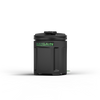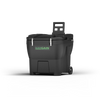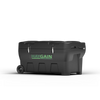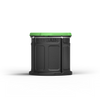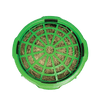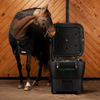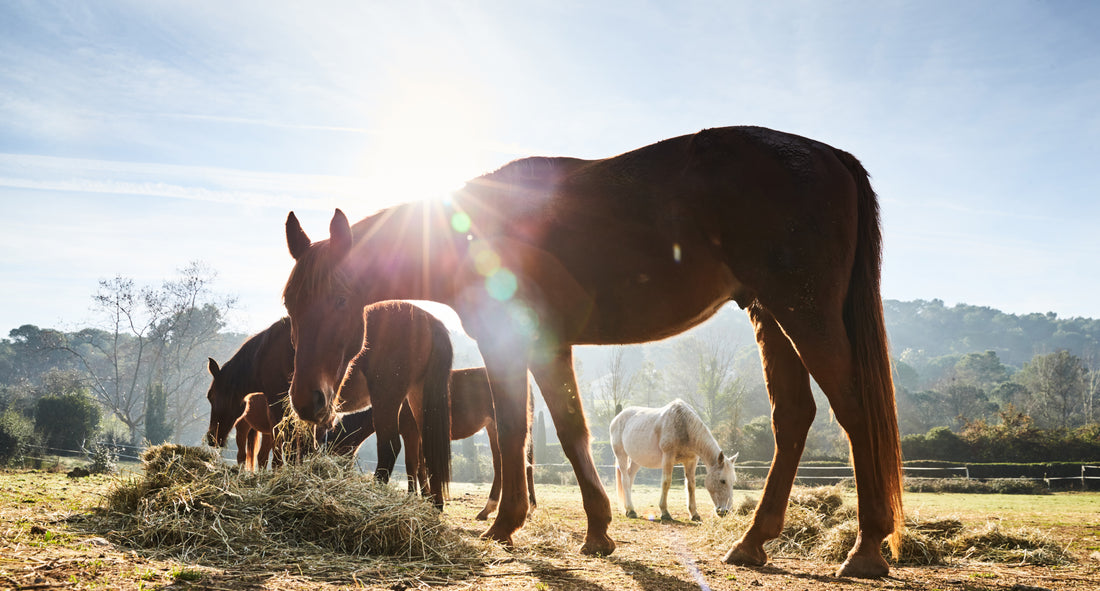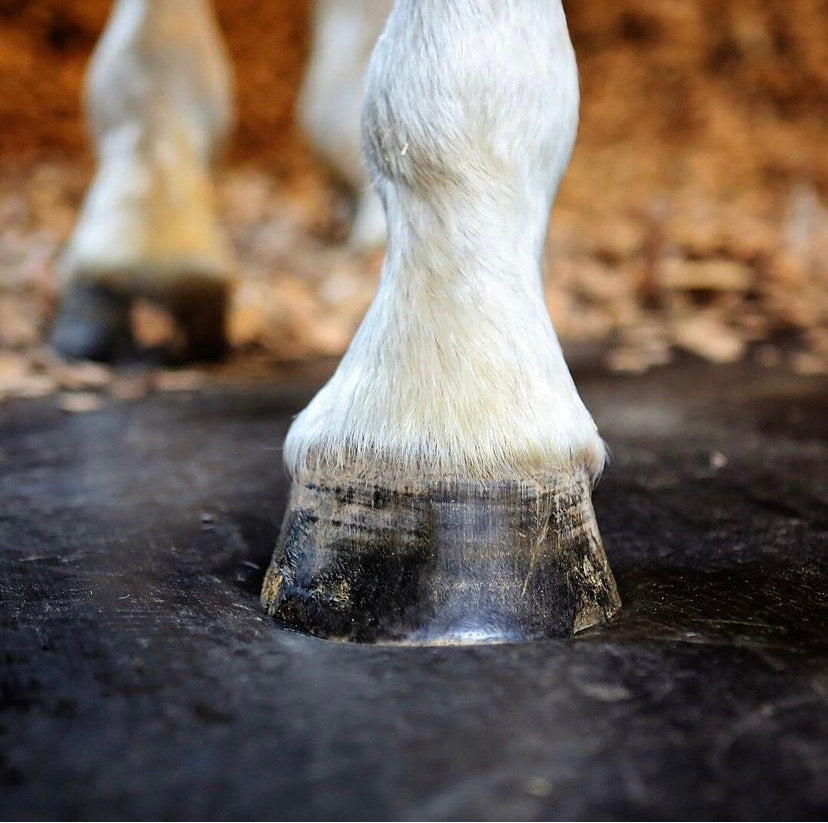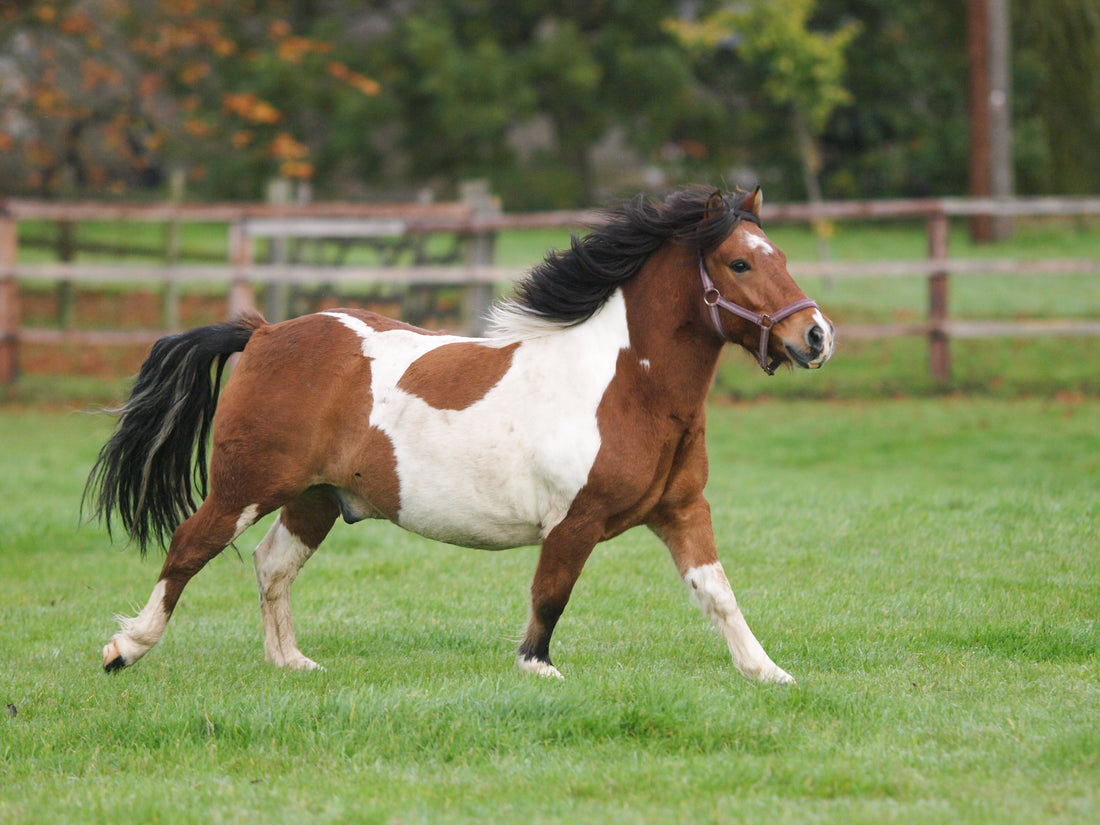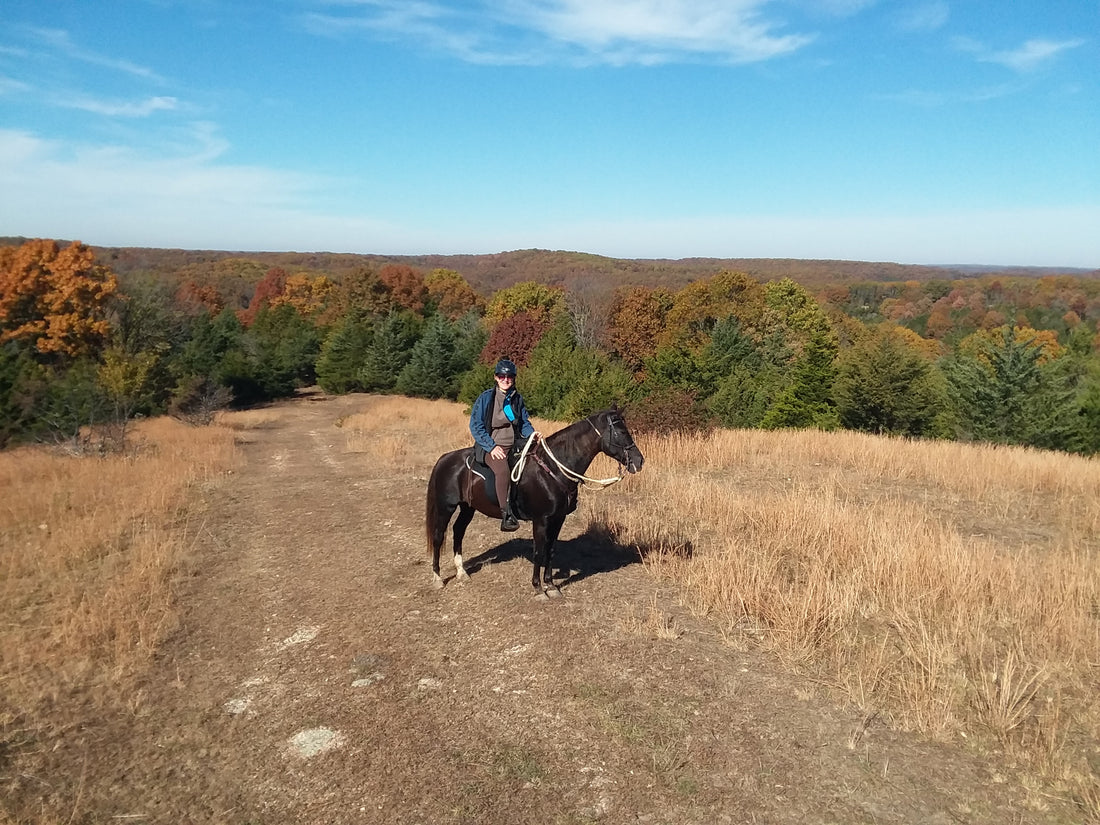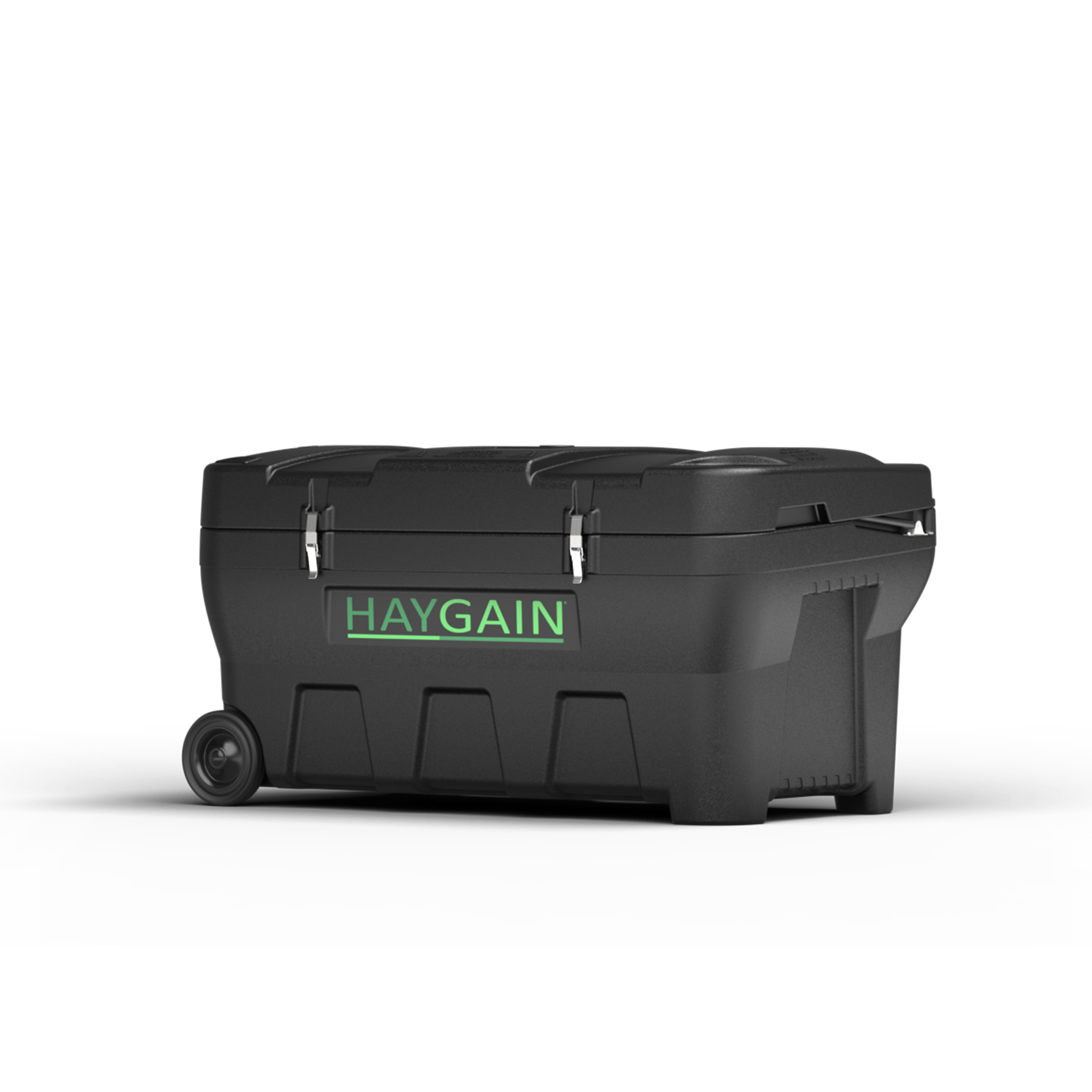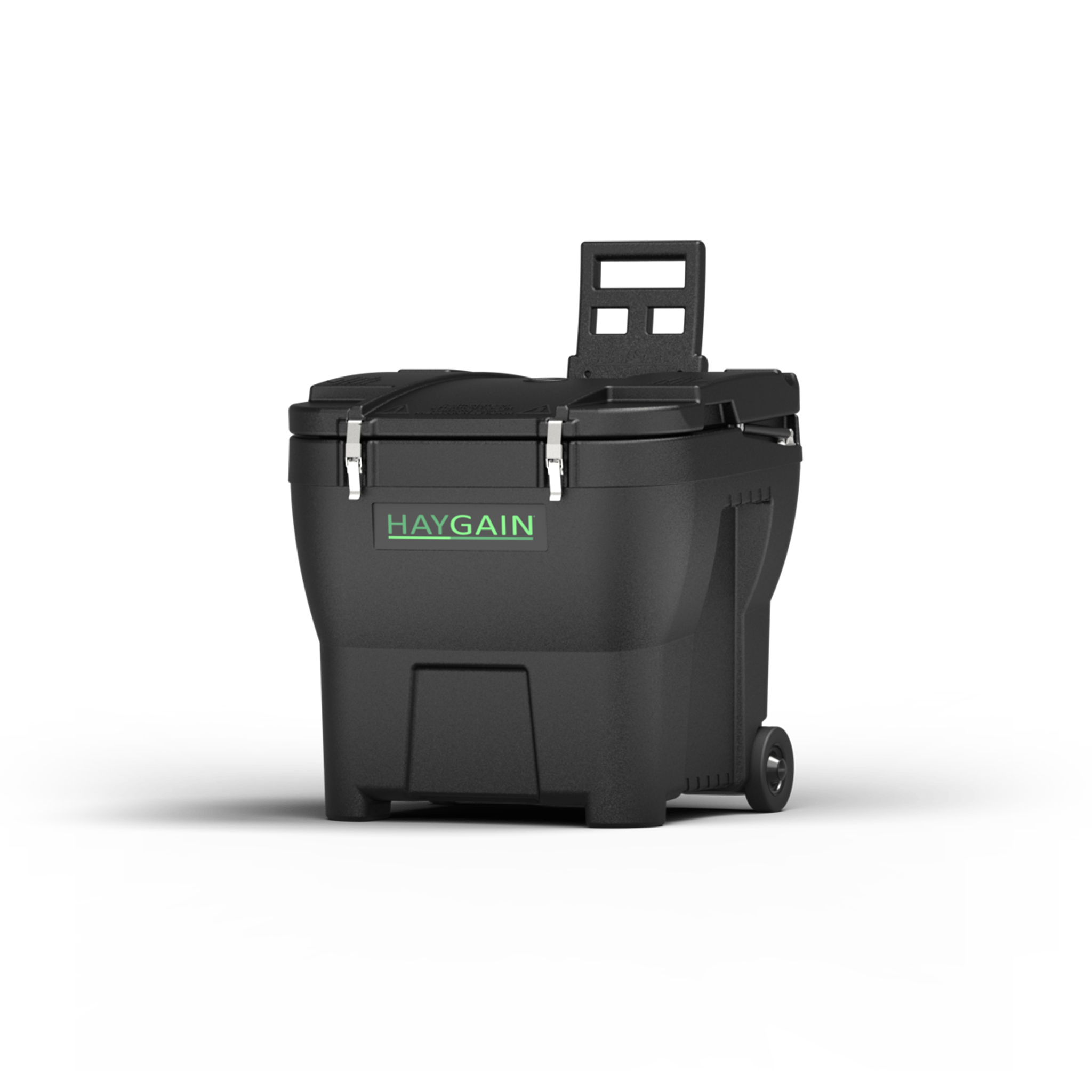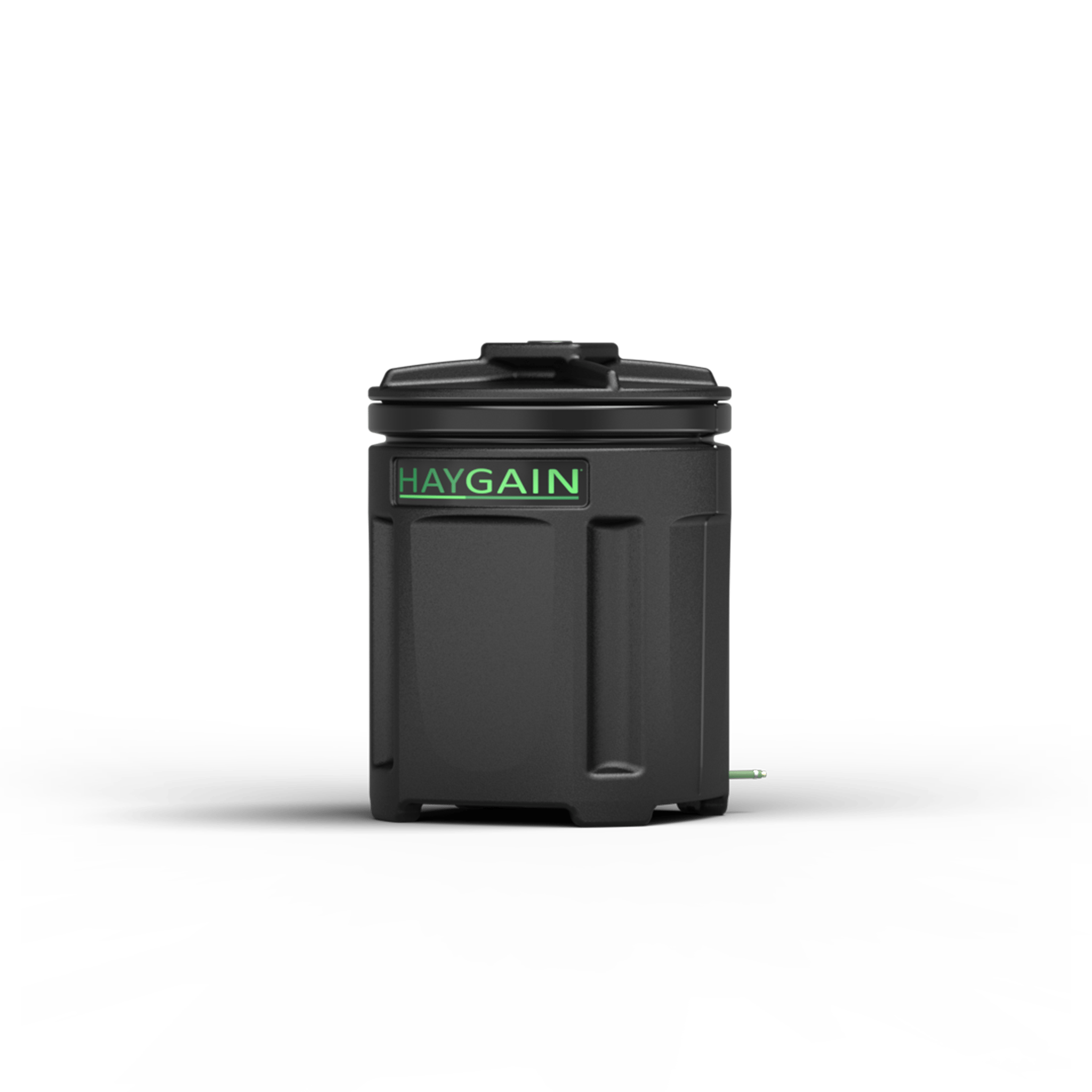The first of 3 articles written by Equine Nutritionist Briony Witherow BSc MSc RNutr. FHEA explaining the importance of forage analysis and how it is carried out.
Why test your forage?
As forage should make up the majority of every horse’s ration, it stands to  reason that we consider what nutrients it provides. While assessment of the concentrate portion of the diet is arguably easier and ‘more accessible’, nutrition provided by forage should not be discounted.
reason that we consider what nutrients it provides. While assessment of the concentrate portion of the diet is arguably easier and ‘more accessible’, nutrition provided by forage should not be discounted.
In fact, basing a horse’s ration upon sensible forage selection (often making use of forage analysis) can help save you both money and time. Selecting and then basing the diet upon a more suitable forage for the poor doer, may mean a reduced reliance on concentrate feed, while for the good doer this could mean a slightly less restricted ration!
Aside from improving ease of management and potential economic benefits, other reasons that may prompt forage analysis include horses with specific clinical problems (meaning they require a certain type of forage); help getting to the bottom of poor performance or health issues; and help achieving better accuracy when formulating rations.
Different types of analysis
There are many different types of analysis available, depending on what you are hoping to find out about your forage.
The two main methods of forage analysis for nutrients are Near Infrared Reflectance Spectroscopy (NIRS), and Wet Chemistry. While NIRS provides rapid analysis capable of determining basic nutrients (dry matter, digestible energy, crude protein, fibre) and is cheaper, wet chemistry (although slower) is thought to be more accurate. NIRS will provide analysis of basic nutrients and an estimation of overall mineral content while wet chemistry will measure these basic nutrients alongside a more comprehensive mineral specification. The accuracy and ability to specify mineral content of wet chemistry analysis is reflected in the price, with a full analysis costing upwards of $75 per sample.
Another common element which is often examined using forage analysis is the content of non-structural carbohydrates (NSC – which includes starch, sugar and fructans). While these can be reported in more basic analysis, this is often through indirect means (‘by difference’) rather than directly, which is more accurate. Be aware of this with cheaper forage analyses – an analysis that can provide a breakdown of NSCs such as Water Soluble Carbohydrates (WSC – sugars and fructans), Ethanol Soluble Carbohydrates (ESC- simple sugars) and starch will be of more use to those looking to find out if a forage is suitable for a pony with laminitis, for example.
Aside from nutrient analysis, another common area where forage analysis is employed is to investigate hygienic quality. Hygienic quality includes testing for mold counts, and identification, yeasts and mycotoxins, among others.
What about visual forage assessment?
While the look, feel and smell of a forage can indicate whether the sample is of good (or not so good) quality, this does not provide a measurable result from which you could base a ration and can sometimes be misleading. Although manual forage assessment may help you to rule out any unsuitable samples (those obviously moldy or dusty or containing foreign objects), a more comprehensive assessment is often required.
When?
Forage analysis can be performed at any point during the year. The obvious points at which forage analysis may be considered are on receipt of a new batch of forage, as a tool to influence purchasing decisions, or where you notice a visual change in quality in your usual batch. In order for forage analysis to be most useful and justifiable, it is recommended that you have a reasonable store of the forage you wish to test (as analysis can take anywhere between 2-14 days, a stock of at least a few months is recommended).
Who can analyse forage?
Many independent labs have a forage analysis service available. Foragelab is one such company. Depending on the type of analysis required, prices for this can range from less than $20 for a basic test, to as much as $190 for a in depth analysis of nutrient and mineral content. Do be aware, if seeking to go direct to the lab, interpretation of results in the context of your own horse or pony is not often offered – consider getting in touch with your feed company or an independent nutritionist to help with this part. It is also worth noting that some feed manufacturers may offer forage analysis as part of their service. Furthermore, several hay and haylage producers often provide a typical analysis of their products and some can be contacted for more specific batch analysis.
the type of analysis required, prices for this can range from less than $20 for a basic test, to as much as $190 for a in depth analysis of nutrient and mineral content. Do be aware, if seeking to go direct to the lab, interpretation of results in the context of your own horse or pony is not often offered – consider getting in touch with your feed company or an independent nutritionist to help with this part. It is also worth noting that some feed manufacturers may offer forage analysis as part of their service. Furthermore, several hay and haylage producers often provide a typical analysis of their products and some can be contacted for more specific batch analysis.
Checklist before considering forage analysis:
⦁ Do you have a sufficient store of the hay/haylage to justify analysis?
⦁ Is the forage sample from the same batch? A batch can be defined as forage that was harvested at the same time out of the same field and under the same conditions. If more than one batch of forage is sampled, these need to be tested separately.
⦁ Is the sample you have taken likely to be representative of the entire batch?
⦁ Have you chosen the most appropriate type of analysis?
How to sample forage
When it comes to sampling hay or haylage it is important to remember your analysis results will only be as good as the sample taken. Therefore, care must be taken during the sampling process to ensure that what you send is representative of the batch. This can be achieved in several ways depending on what equipment is available. The gold standard for taking forage samples is using a forage corer/probe (a long metal cylinder that is inserted to a set depth within the bale, driven by an electric drill). However, where this equipment is not available, you can just take samples by hand. For either method, the following steps can be observed:
1. Choose a minimum 10 bales randomly from a batch of forage. If more than one type/batch of forage is sampled, place each into a separate labelled plastic bag.
2. Open each bale and take three handfuls from each bale (one from the centre and two a third of the way into the bale each end). With haylage, collect core samples from individually wrapped bales from the same batch. Remember to seal any puncture holes in the wrapping with multiple layers of airtight tape (try and use these bales reasonably soon to try and eliminate any damage from the puncture).
3. Include everything that you have collected in the sample and place into a clean bucket/bag.
4. Thoroughly mix the samples and place into a plastic sealable bag. How much you need per sample will depend on the analysis required, this typically ranges from 200-500g per sample.
5. Label the bag with the date, type of forage and the owner/yard name. Also note the testing required. Send to the lab as soon as possible.
The Drawbacks?
While forage analysis can be an excellent tool to help inform best management  and feeding, we also need to be mindful that it is essentially only a snapshot in time. While we may do our best, even the most comprehensive sampling methods will not be perfectly representative of the forage batch. Like any useful tool, this one is best used alongside common sense and good general management.
and feeding, we also need to be mindful that it is essentially only a snapshot in time. While we may do our best, even the most comprehensive sampling methods will not be perfectly representative of the forage batch. Like any useful tool, this one is best used alongside common sense and good general management.
Summary
⦁ Nutrients that forage provide should not be discounted, and a good knowledge of these can help to improve management practices and even help save you money.
⦁ Forage analysis can help to select the most suitable forage for your horse, and also enable more accurate rationing of the whole diet.
⦁ Many different types of forage analysis are available to suit a range of budgets and purposes.
⦁ Forage analysis can be performed at any point during the year but be sure to have a reasonable stock from the same batch to justify the process and ensure higher levels of accuracy.
⦁ Best practice forage sampling is undertaken with a forage probe/corer, however if you don’t happen to have one of these to hand, just use your hands!
⦁ Like any technology we use to aid the management of our horses, don’t forget the best feedback available is usually from your horse.
Abbreviations
ESC - Ethanol Soluble Carbohydrates
NIRS - Near Infrared Reflectance Spectroscopy
NSC – Non-Structural Carbohydrates
WSC – Water Soluble Carbohydrates
Harris, P.A., Ellis, A.D., Fradinho, M.J., Jansson, A., Julliand, V., Luthersson, N., Santos, A.S., Vervuert, I. (2017) Review: Feeding conserved forage to horses: recent advances and recommendations. Animal: An International Journal of Animal Science, 11 (6): 958-967
Muller, C.E. (2012) Impact of harvest, preservation and storage conditions on forage quality. In: Forages and grazing in horse nutrition, EAAP, Volume 132
Watts, K.A., Chatterton, N.J., (2004) A review of factors affecting carbohydrate levels in forage. Journal of Equine Veterinary Science, 24 (2): 84-86
